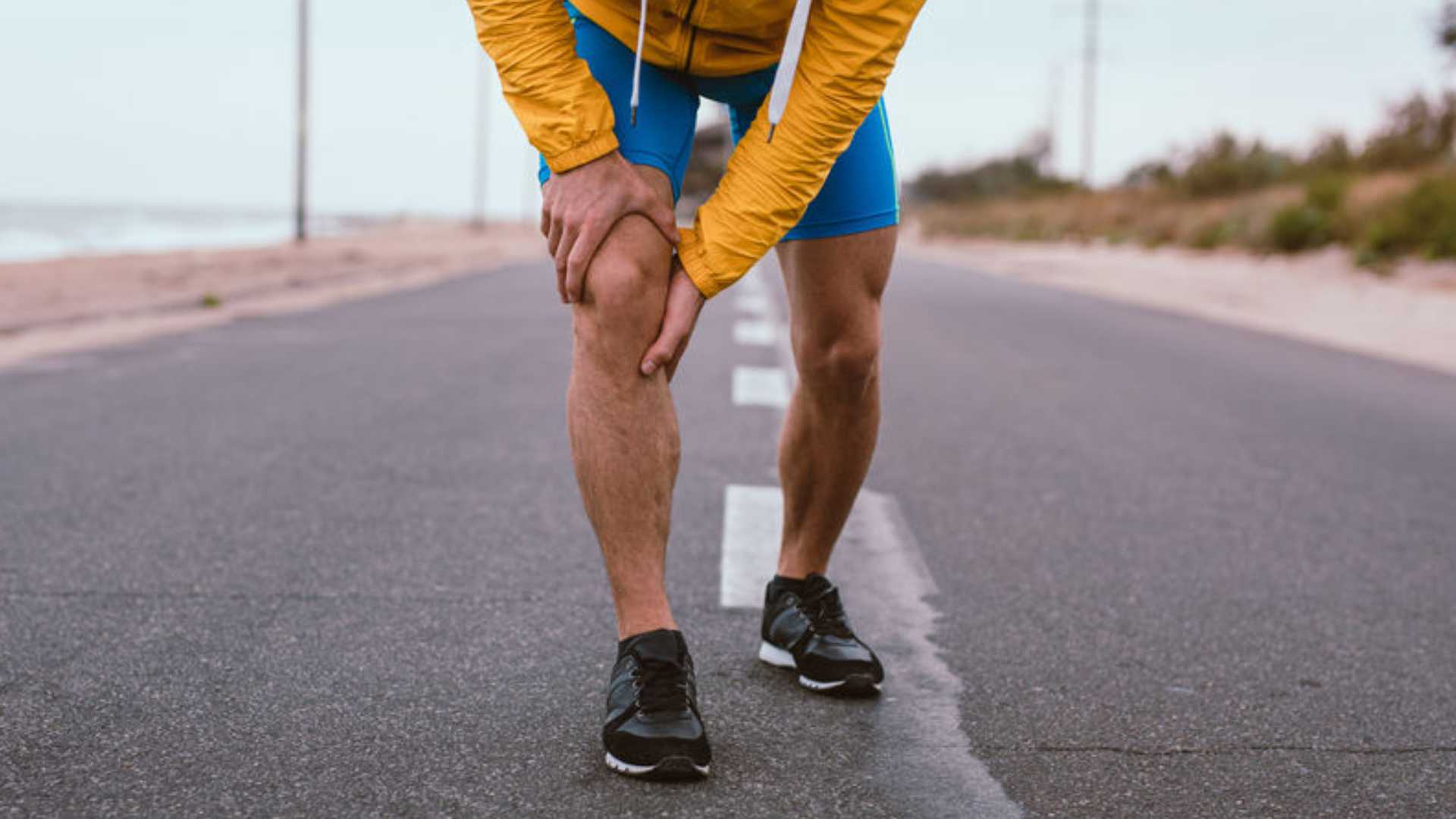
Fall is a popular time for running, and with our own Chicago Marathon just around the corner, many competitors are gearing up for their biggest race of the year. Yet, while training for a marathon is an exciting journey, it can also put a strain on your body, particularly your knees.
The risks are real, but fortunately, you’ve got options. Read on for management tips and tricks from the team at Chicago Arthritis and Regenerative Medicine! Healthier knees are just around the bend.
Why Do Runners Run into Knee Problems?
Running is a high-intensity, high-impact activity. As a result, runners often experience knee pain due to overuse, which can lead to complications like:
- Patellofemoral pain syndrome (PFPS): Also referred to as “runner’s knee,” this common condition is characterized by pain centered on the kneecap. It’s typically the result of repetitive stress, and nothing says “repetitive stress” like a marathon!
- Meniscus Tears: Runners sometimes experience this common and painful tearing of cartilage within the knee. It’s particularly likely to strike when you’re running off-road or up and down mountainous terrain, as this kind of running features more twisting and turning.
- Ligament Damage: Runners can sometimes experience ligament damage, and the knee is vulnerable in this regard. After all, your knee has four ligaments connecting the shinbone to the thighbone: the LCL, MCL, ACL, and PCL, which run through and stabilize your knee joint.
- Potential Increased Arthritis Risk: Although it’s observational and thus not definitive or conclusive, a recent study from the Netherlands has emphasized potential risks for runners with low muscle mass, suggesting that the threat of arthritis progression might be worse for them if high-impact activity is continued.
What Can Runners Do About These Issues?
Don’t let the issues above derail your training or keep you from pushing yourself. Instead, use the information below to prepare sustainably and preserve the health of your knees.
- Runner’s Knee can be prevented via a combination of cross-training and proper footwear, both of which are informed by thorough gait analysis.
- To manage increased arthritis risks or protect yourself from ligament injuries, take a balanced exercise approach. Stronger muscles protect you, so build up your core, glutes, hamstrings, and quadriceps.
- Strength training, including leg, hip, and core-building routines, will help mitigate the risks of high-impact running, reducing pressure on your meniscus and preserving your joint health, too.
Of course, while prevention is preferable, it’s not always possible. For those of us already dealing with pain and mobility concerns, several exciting treatment options exist:
- Already suffering from ligament or meniscus injuries? Check out Barbara’s success story, where she details the effectiveness of PRP treatments in accelerating and improving her recovery.
- For arthritis that’s already causing a lot of pain, consider pursuing pain relief via our stem cell treatments, which made a huge difference for our patient, John.
- Knee pain and mobility concerns can also be addressed with Semaglutide, which has demonstrated the potential to deliver incredible results as well.
If you’re planning on running in Chicago’s upcoming marathon this October, we hope the information above helps you train sustainably or recover right. After all, you’ll only have a little time before the NYC Marathon in November, and you’ll want to be in shape for that, too!